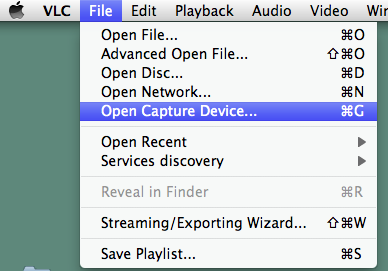

A review of the range of proteins studied by HITS-CLIP has been published. In 2008 CLIP was combined with high-throughput sequencing (termed "HITS-CLIP") to generate genome-wide protein-RNA interaction maps for Nova since then a number of other splicing factor maps have been generated, including those for PTB, RbFox2 (where it was renamed "CLIP-seq"), SFRS1, Argonaute, hnRNP C, the Fragile-X mental retardation protein FMRP, Ptbp2 (in the mouse brain), Mbnl2, the nElavl proteins (the neuron-specific Hu proteins), and even N6-Methyladenosine(m6A) RNA modification antibody. Interaction sites can be identified by mapping the reads back to the transcriptome.ĬLIP was originally undertaken to study interactions between the neuron-specific RNA-binding protein and splicing factor NOVA1 and NOVA2 in the mouse brain, identifying RNA binding sites that had Nova binding sites and were validated as Nova targets in knock-out mouse brains. High-throughput sequencing is then used to generate reads containing distinct barcodes that identify the last cDNA nucleotide. After ligating RNA linkers to the RNA 5' ends, cDNA is synthesized via RT-PCR. This step leaves a peptide at the cross-link site, allowing for the identification of the cross-linked nucleotide. Proteinase K digestion is then performed in order to remove protein from the RNA-protein complexes.
Input in iclip free#
The RNA-protein complexes are then separated from free RNA using gel electrophoresis and membrane transfer. In order to allow for sequence specific priming of reverse transcription, RNA adapters are ligated to the 3' ends, while radiolabeled phosphates are transferred to the 5' ends of the RNA fragments. The cross-linked cells are then lysed, and the protein of interest is isolated via immunoprecipitation. Upon UV exposure, covalent bonds are formed between proteins and nucleic acids that are in close proximity.

CLIP begins with the in-vivo cross-linking of RNA-protein complexes using ultraviolet light (UV).


 0 kommentar(er)
0 kommentar(er)
